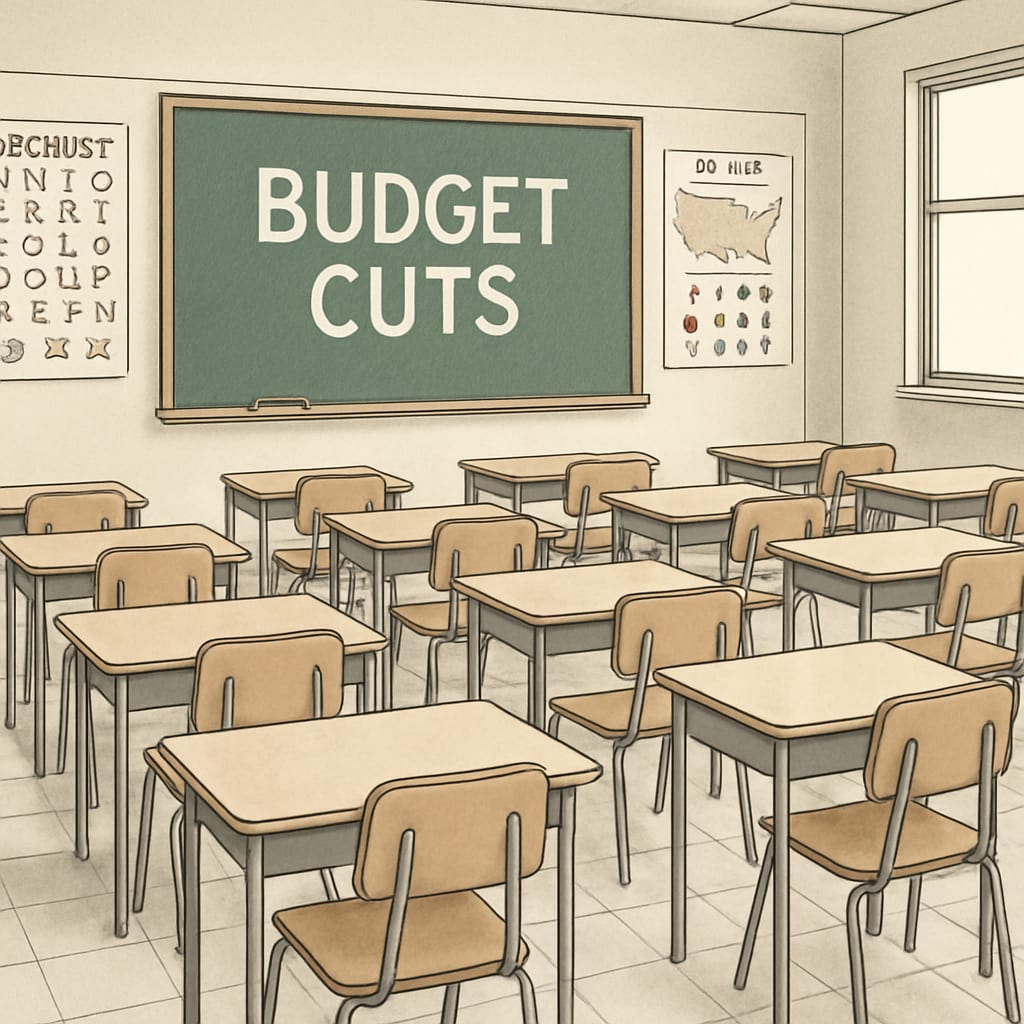Public education funding, often a cornerstone of equitable learning opportunities, is under threat. Organizations like Stand For Children, under the banner of education reform, are subtly redirecting funds originally allocated to public schools into private institutions. This shift, though often obscured by complex policy changes, is causing significant repercussions, including budget shortfalls in public schools, teacher layoffs, and a weakening of the public education system’s foundational principles.
While such changes are often marketed as necessary to improve educational outcomes, they raise critical questions about transparency, fairness, and the long-term future of public education. Understanding this covert process is essential to addressing the growing challenges within the education sector.
How Public Education Funds Are Redirected
The process of diverting public education funds to private institutions often begins with well-funded advocacy groups like Stand For Children. These organizations present themselves as champions of educational reform, lobbying for policies that appear to prioritize student achievement. However, a closer examination reveals a different reality. Policies such as charter school expansions, voucher programs, and performance-based funding models are often at the core of their campaigns.
Charter schools, for example, are publicly funded but privately managed. While they promise innovation and improvement, they frequently draw significant resources away from traditional public schools. Voucher programs, on the other hand, allocate taxpayer money to help families pay for private school tuition, further reducing the funds available for public institutions.

The Impact on Public Schools
The redirection of funds has immediate and severe consequences for public schools. Budget cuts often force schools to reduce staff, cut extracurricular programs, and defer essential maintenance. According to a study published by the National Education Policy Center, schools serving low-income communities are disproportionately affected, exacerbating existing inequalities.
Moreover, the focus on privatized solutions undermines the collaborative and communal nature of public education. Public schools are designed to serve all students, regardless of socioeconomic background. Diverting funds to private institutions jeopardizes this mission, creating a fragmented system where educational quality depends on one’s ability to pay or access specific programs.

Why Transparency Matters
One of the most concerning aspects of this trend is the lack of transparency. Organizations like Stand For Children often operate in ways that obscure the true impact of their initiatives. For instance, they may emphasize short-term academic gains in charter schools while ignoring the long-term financial strain on public education systems.
Transparency is crucial to ensuring that education policies serve the public good. Policymakers and stakeholders must demand clear reporting on how funds are allocated, as well as rigorous evaluations of privatized programs. Without accountability, the public education system risks being dismantled in favor of profit-driven models.
The Path Forward
To safeguard the future of public education, it is vital to resist the unchecked privatization of education funds. Advocacy for increased public school funding, equitable resource allocation, and enhanced oversight of private institutions is essential. Community engagement and informed voting can also play a significant role in shaping education policies that prioritize the common good.
While organizations like Stand For Children may present themselves as agents of positive change, their actions often tell a different story. By scrutinizing their initiatives and advocating for transparency, we can work toward a more equitable education system that truly serves all students.
In conclusion: The diversion of education funding to private institutions poses a serious threat to the integrity and future of public schools. Addressing this issue requires collective action, informed advocacy, and a commitment to the principles of public education.
Readability guidance: This article uses short paragraphs, clear subheadings, and concise language to ensure accessibility. Overuse of passive voice and long sentences has been avoided to maintain clarity and engagement.


